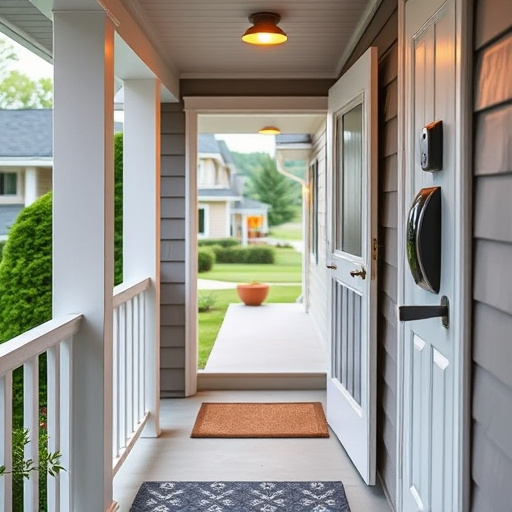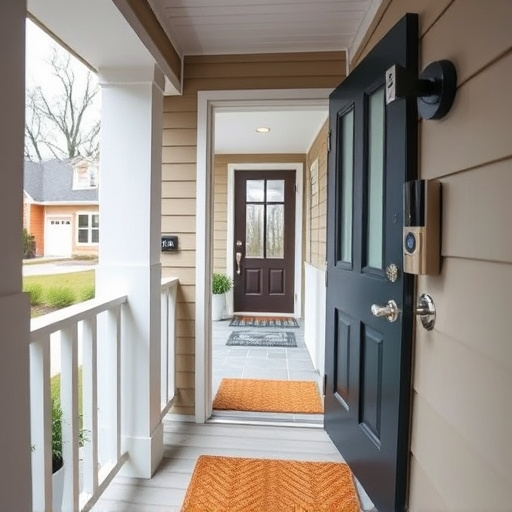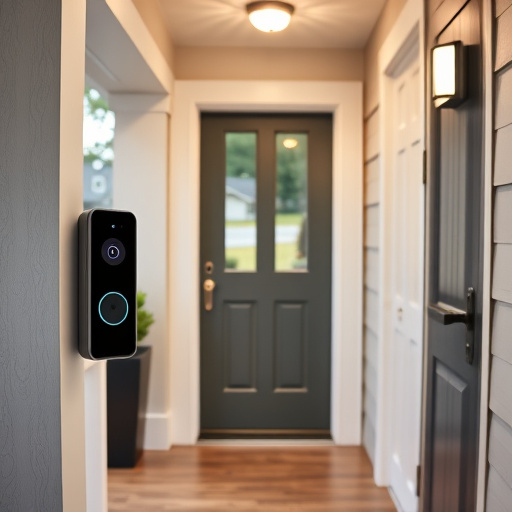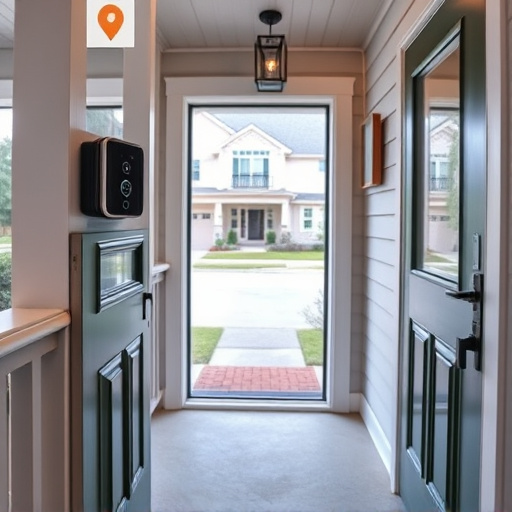Professional security monitoring offers cutting-edge technology for 24/7 home protection, with benefits like enhanced safety, lower false alarm rates, and remote access. However, factors such as installation costs, privacy concerns, and variable pricing require careful consideration during a comprehensive security service evaluation to ensure alignment with individual needs and budget, ultimately enhancing home safety through informed selection of home monitoring solutions.
In today’s digital era, ensuring home security has become paramount. Professional security monitoring offers a robust solution, providing 24/7 protection through advanced systems and dedicated monitors. This article delves into the intricacies of professional security monitoring, exploring its definition, types, and the vital role of human operators. Weighing the pros and cons of home monitoring reveals benefits like safety and peace of mind, but also drawbacks such as cost and privacy concerns. A comprehensive evaluation guides readers through key factors, indicators, and steps to assess a security service, empowering informed decisions for enhanced home protection.
- Understanding Professional Security Monitoring
- – Definition and how it works
- – Types of monitoring systems
Understanding Professional Security Monitoring

Professional Security Monitoring offers a comprehensive solution for homeowners seeking enhanced safety and peace of mind. Unlike DIY systems, it involves a team of experts who deploy advanced technology and provide 24/7 monitoring from a central command center. This service assesses potential risks, detects intrusions, and responds swiftly to alerts. The benefits are numerous: improved property protection, reduced false alarm rates, remote access via smartphone apps, and personalized emergency response plans.
However, evaluating home monitoring services requires considering both the pros and cons. Drawbacks include initial installation costs, dependency on internet connectivity, potential privacy concerns regarding data storage, and variable pricing models. Assessing a security service involves scrutinizing factors like monitoring range, sensor types, customer support responsiveness, contract terms, and integration with existing smart home systems. A thorough assessment ensures you make an informed decision that aligns with your specific security needs and budget.
– Definition and how it works

Professional security monitoring involves the use of advanced technology to protect and monitor your home while you’re away. It typically includes sensors that detect motion, break-ins, fire, or carbon monoxide, which trigger alerts sent to a central station and, in some cases, to your smartphone. This real-time surveillance offers peace of mind by ensuring immediate response to potential threats.
When evaluating the value of home security monitoring, consider both the benefits and drawbacks. Pros include enhanced safety, 24/7 protection, and rapid emergency response. Drawbacks may include false alarms, recurring monitoring costs, and privacy concerns related to data collection and transmission. A thorough assessment should weigh these factors to determine if a monitoring service aligns with your specific security needs and budget.
– Types of monitoring systems

Home monitoring systems have evolved significantly, offering a range of options for homeowners seeking enhanced security. These include professional security monitoring services that employ advanced technology such as motion sensors, glass break detectors, and camera surveillance, all linked to a central station that dispatches emergency services if triggered.
When evaluating the benefits of home monitoring, it’s crucial to consider both the home monitoring pros and cons. While professional security monitoring provides round-the-clock protection and peace of mind, there are also drawbacks to weigh, such as cost, potential false alarms, and privacy concerns related to data collection and surveillance. A thorough security service evaluation involves examining these factors, understanding your specific needs, and comparing different monitoring service providers to find the best solution for enhancing your home’s safety and security.






